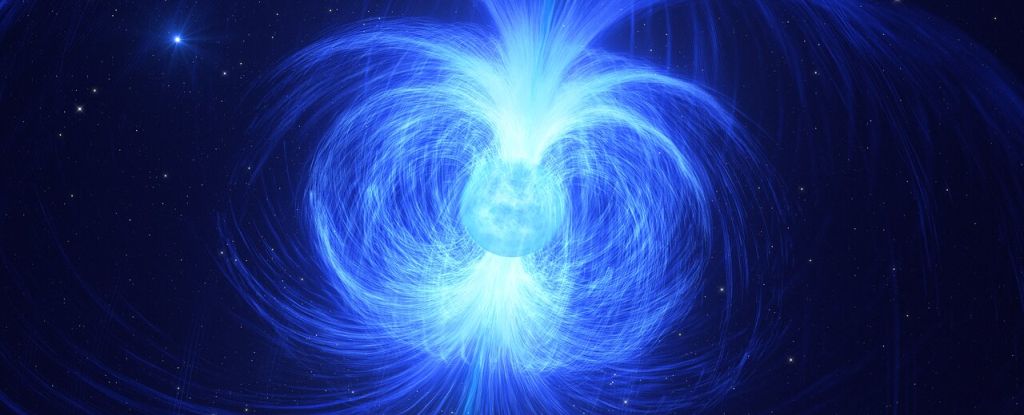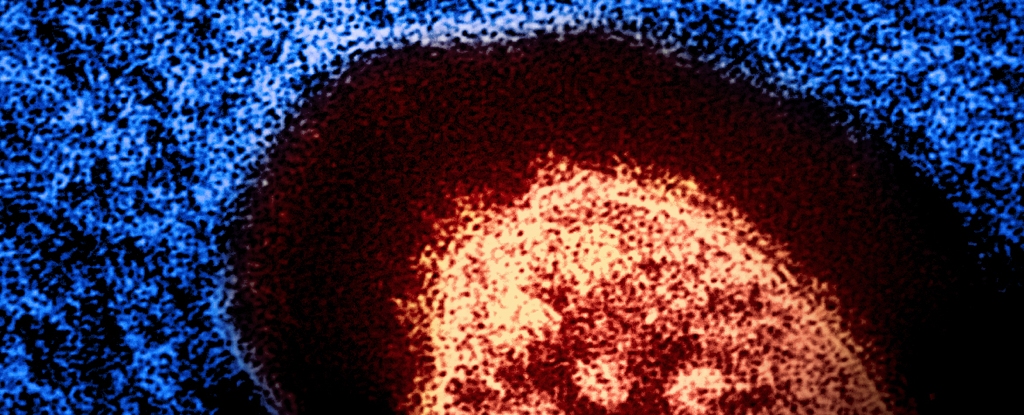In a significant advancement in neuroscience, researchers have developed a detailed functional map of the brain by studying brain activity in people watching movie clips. Conducted by neuroscientists at the Massachusetts Institute of Technology (MIT) and published on November 6 in Neuron, the study used fMRI scans to observe how different brain networks respond to various film scenes. Clips from independent and popular Hollywood films, including Inception and The Social Network, were shown to participants, revealing how brain areas engage differently when processing scenes featuring people, objects, dialogue, and action.
Detailed Insights into Brain Network Functions
The study was published in Neuron. Dr Reza Rajimehr, neuroscientist and lead author from MIT, emphasised the study’s unique approach, noting how it highlights the brain’s organisation in more realistic settings. Traditionally, brain function research has been based on scans during resting states, limiting understanding of how complex external stimuli impact brain activity. By analysing responses to films, the research offers a broader view of how specific networks activate in response to varied audio-visual elements.
Rajimehr and his team applied machine learning to data from the Human Connectome Project, involving 176 participants who watched one-hour film compilations. They pinpointed 24 distinct brain networks related to sensory or cognitive processing, such as recognising faces, movements, and social interactions. Activity varied depending on the scene’s content, particularly when switching between straightforward dialogue and more ambiguous sequences.
Executive Control in Complex Scenes
Notably, the study identified how executive control regions—brain areas involved in planning and prioritising information—became more active during scenes that required greater cognitive engagement. Simple scenes, such as clear conversations, saw heightened language-processing activity, while complex sequences activated executive domains to interpret context and semantic details.
The researchers suggested that future studies might explore individual brain response variations, considering factors like age or mental health. Rajimehr stated that the findings could open doors to mapping how specific film content, including social cues and narrative context, drives activity in different networks. This research provides an initial framework for deeper studies into personalised brain mapping based on content-driven stimuli.





